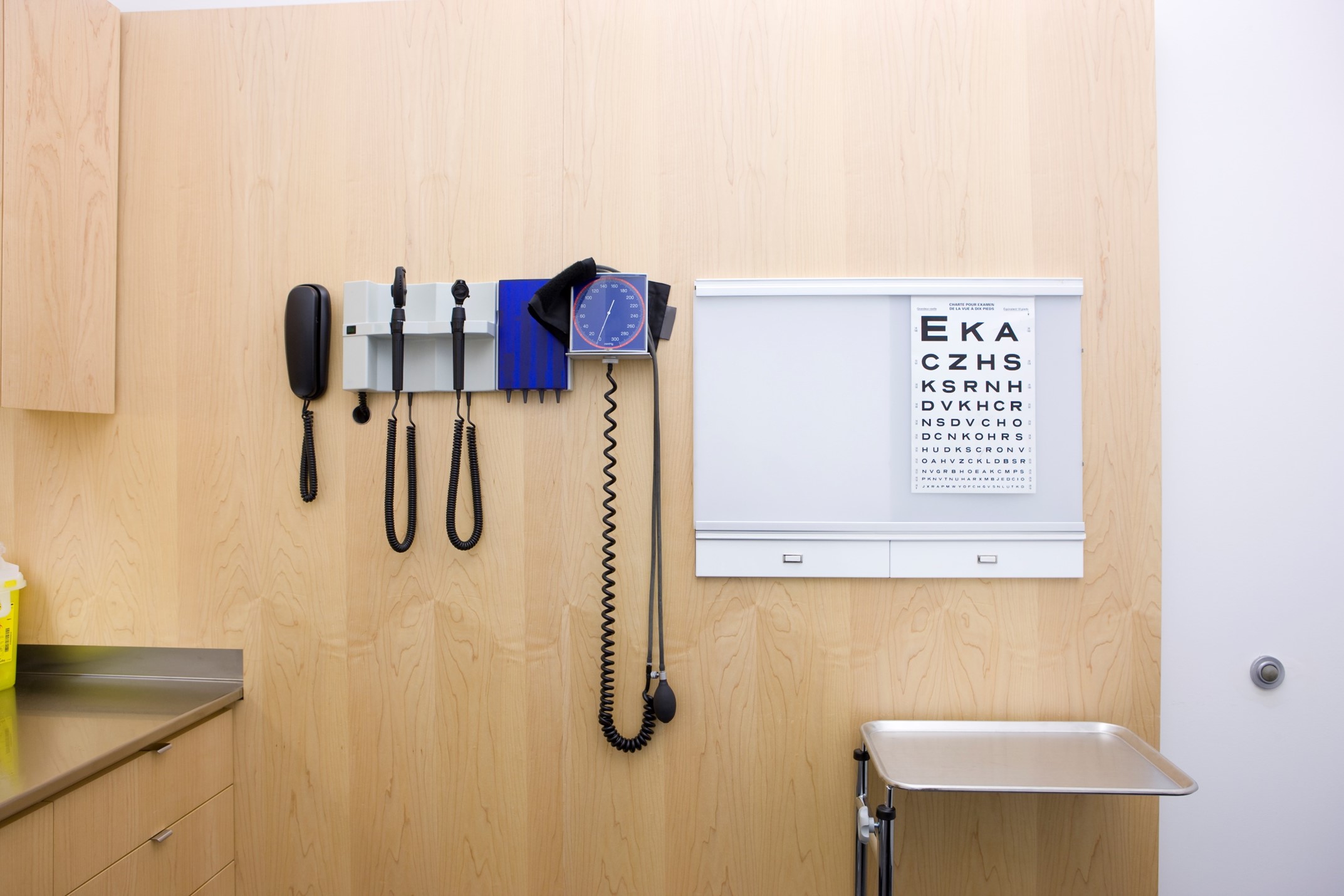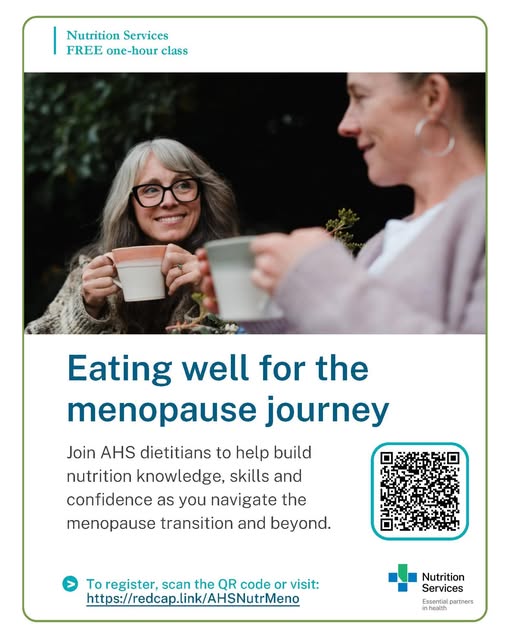Experts define well-being differently. But most agree that well-being refers to being physically, mentally, and emotionally healthy. It’s okay to be healthier in some wellness areas than others. They interact with each other. If you’re struggling in one area, the others can support your overall well-being. These dimensions, or pillars, of well-being include:
• Emotional wellness: This is about being aware of and okay with your feelings. How you handle stress and how well you bounce back from hard times are also parts of emotional wellness.
• Spiritual well-being: Having meaningful connections to yourself, others, and to what you experience as greater. You feel empowered, hopeful, valued, and have a sense of self-worth. You are able to feel gratitude, to trust, and to give and receive love. You can feel wonder and engage in restorative spiritual practices.
• Physical wellness: As you might expect, this refers to things like physical activity, healthy eating, and sleep.
• Connection: Having healthy connections means maintaining positive, healthy relationships with friends and family or others. Considering new ideas is also part of this pillar.
• Environmental wellness: This is having your basic needs met—clean air, healthy food, and water. Personal safety and security are also key.
• Intellectual wellness: This includes engaging your mind by learning something new, like a language or a skill. Or it could mean teaching something you know well. Discussing and debating differing views are also parts of this area.
• Occupational wellness: This means being fulfilled by your daily work. Having a healthy work/life balance is also important.










